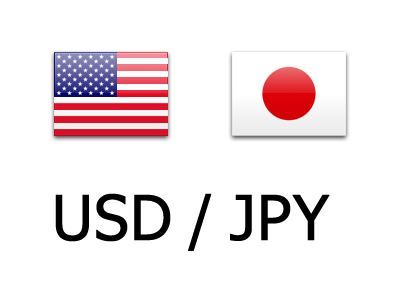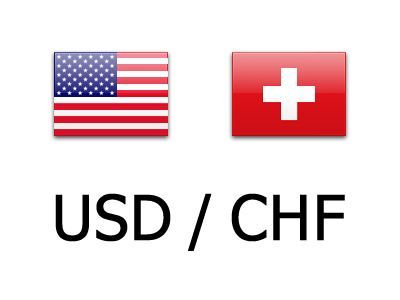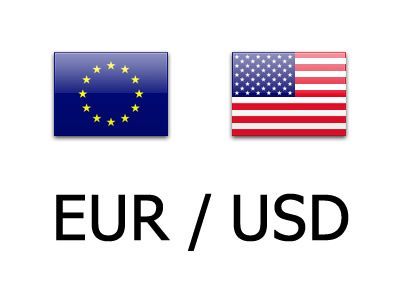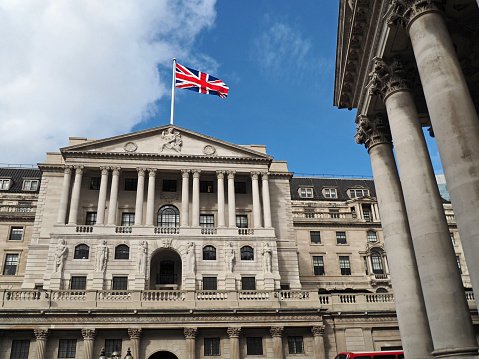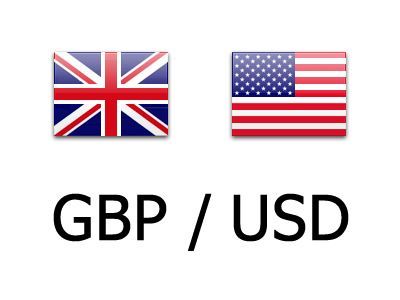Shares of Intel soar 25% at the open after Nvidia pledges $5 billion stock investment
Pockets of the internet have been trying to turn Nvidia into a meme stock for years with limited success but today they got some major ammunition as Nvidia announced a $5 billion investment in Intel common stock.
The investment comes with an announcement that the companies will collaborate “to jointly develop multiple generations of custom data center and PC products.”
Shares of Intel are up 25% shortly after the open, which is the best level since July 2024 and nearly up 100% from this year’s low.
Nvidia pledged to invest $5 billion in Intel’s common stock at $23.28 per share, which lands them about 4% of the company. For Nvidia, with a market cap of $4 trillion, it’s a tiny investment of little more than 0.1% of its market cap.
Intel noted that it will build a custom Nvidia chip for data centers and along with a PC chip along with integrating both company’s architectures us Nvidia NVLink.
To me, this looks like the pre-cursor to a takeover but the timeline on that could be several years.
“AI is powering a new industrial revolution and reinventing every layer
of the computing stack — from silicon to systems to software. At the
heart of this reinvention is NVIDIA’s CUDA architecture,” said NVIDIA
founder and CEO Jensen Huang. “This historic collaboration tightly
couples NVIDIA’s AI and accelerated computing stack with Intel’s CPUs
and the vast x86 ecosystem — a fusion of two world-class platforms.
Together, we will expand our ecosystems and lay the foundation for the
next era of computing.”
The companies will host a press conference together at 1 pm ET.
This article was written by Adam Button at investinglive.com.


